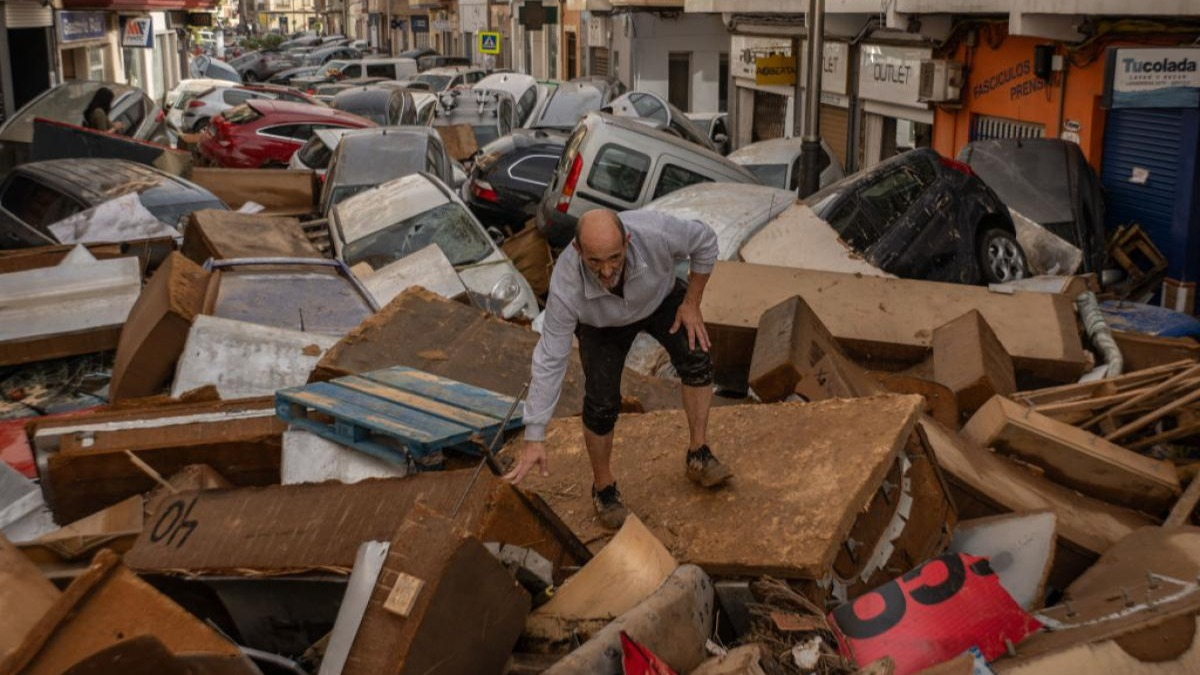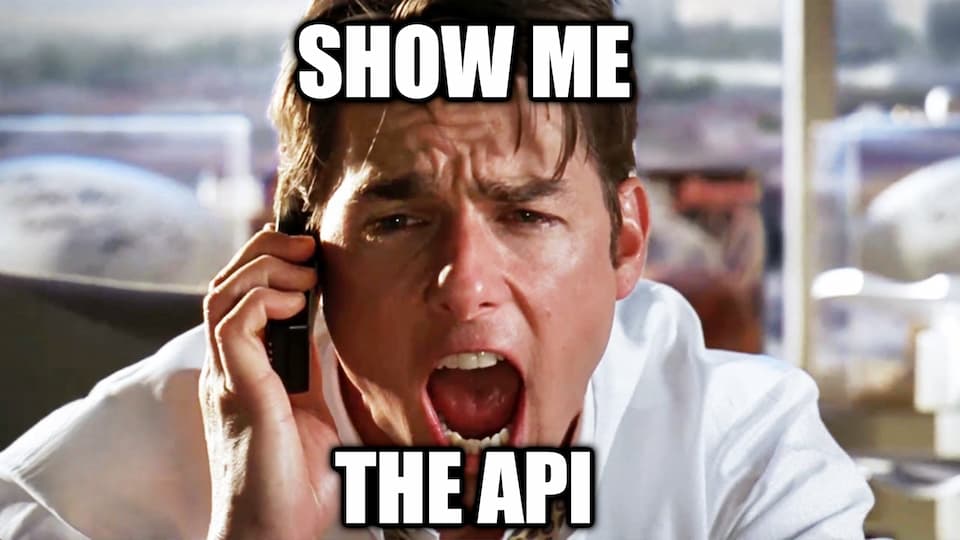Volunteering at Grid Alternatives. Installing PV for low-income

I have always believed that the technology has to serve the citizens as a way of prosperity and social equilibrium. In that sense, I have participated in one of the best experiences of my live as engineer and specialist in energy: volunteer for installing solar PV panels for a low-income family in Los Angeles.
The brilliant idea of the nonprofit Grid Alternatives is to bring the benefits of solar technology to communities that would not otherwise have access, providing needed savings for families, preparing workers for jobs in the fast-growing solar industry, and helping clean our environment. So, they address all of the triple bottom line’s objectives. They basically install solar PV for free on low-income roofs. Panels and equipment is finance by donations at manufacturers’ special prices, and the labor comes from volunteers.

I knew about them at UCLA and I loved the idea. Several months ago I registered and I did the orientation session, where they explained basic safety and installation issues. I was surprised because the majority of the volunteers are unemployed people who want to gain experience on solar PV installations, to get a job. It is ironic that, at the end, the most generous persons are those who are more needy.
After several months of being waitlisted (they have more volunteers than projects to accommodate), I could get a spot. The home was located very closed to Compton, which is sadly infamous in LA for its heavy concentration of gangs and gang violence, ranked as the 8th most dangerous city in the country by FBI, but being the place where probably gangsta rap sub-genre born (Ice Cube, etc). Nevertheless, it did not seem so dangerous to me, it actually has a very similar look to many parts of my home town, Madrid.
The house was one story with a back and a nice front yard. We installed 20 panels of the brand Sun Power, probably E-19 series(245W/each), in two racks of 14 plus 6. The first day we installed the footers and rails where the panels would be fixed, on the second day, with the electrical connections. It is frankly surprising see how the panels generate voltage between the two terminals when you measure it with a multimeter, even if they are not facing the sun. Such a wonderful technology!
After two days of pace and relaxed work, drilling holes, screwing bolts, joining wires and pouring glue, the work was finished, and the installation running!





